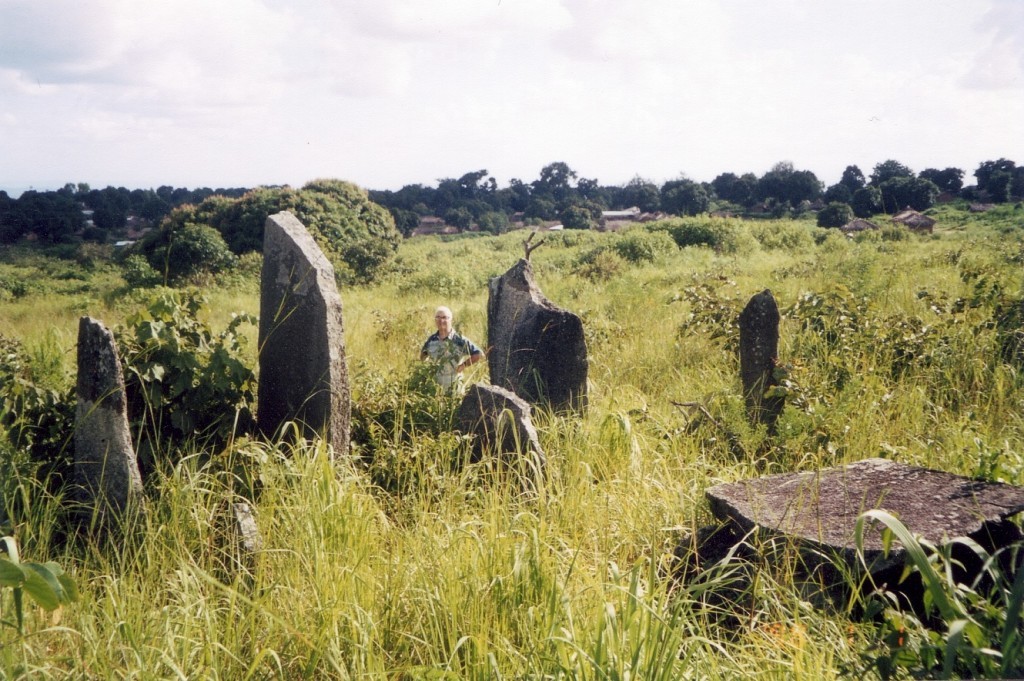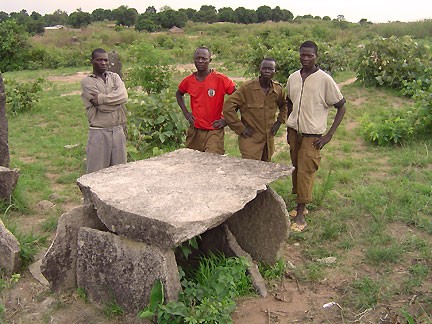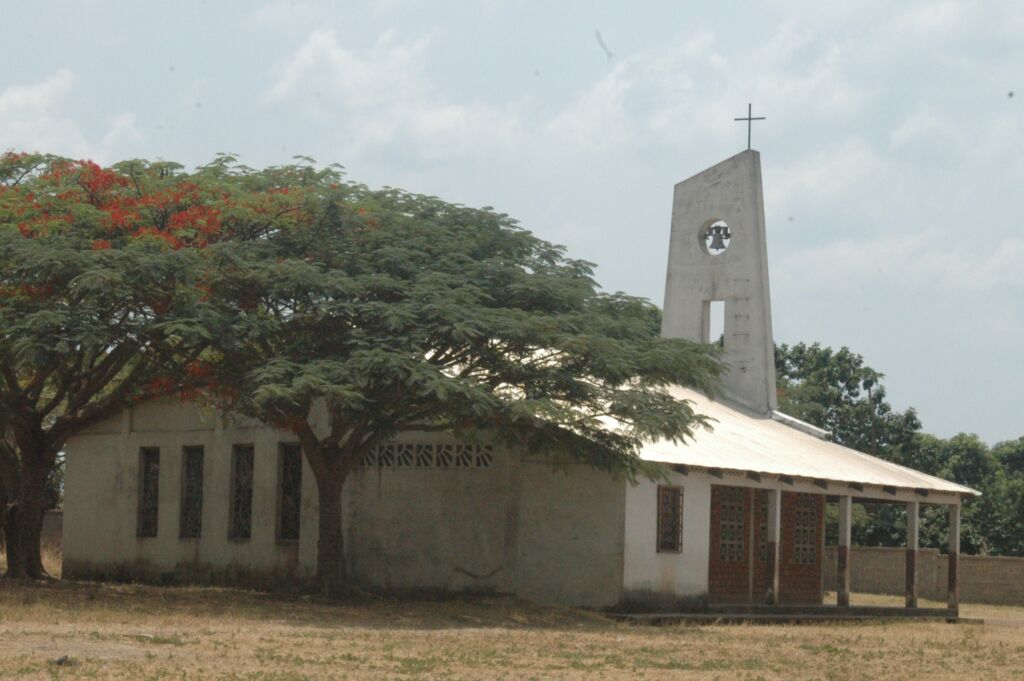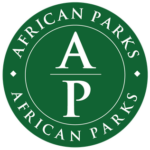







Please, know that the itinerary is a rough indication on how the programme will look like, but it can change. Allow yourself a few buffer days in Bangui just to be sure.
We will camp and either cook ourselves or eat at local initiatives. We ask you to bring your own camping gear. It is advised to bring extra water and snacks.
We will stay at Boali Waterfalls on our first evening and will then slowly make our way to Bouar and back. We will visit the town of Bouar and will stop at many sites visiting villages and the surrounding forest. You will go into a territory where almost no tourists have ever gone before you. In many of these places, people have never even seen a foreigner.
Located 452 km northwest of Bangui, Bouar is the capital of Nana-Mambéré. It is here, in the heart of the Gbaya country, that the French had set up a military base, the famous FAO. The entire economy, and more broadly the entire urban organization, has therefore been designed according to the needs and pace of life of the military. The rows of trees which delimit the streets and open up perspectives, the opulent colonial villas which line up proudly in the highest altitude districts bear witness to this time when Bouar was a popular holiday resort for the French in the Central African Republic. The Bangui-Bouar road was then quite passable (one must imagine the Citroën traction convoys crossing the country without difficulty) and Bouar even had a direct air link with Paris.
Much has changed since the departure of the French military in 1978. The city seems neglected. Just like this once prestigious modern high school. The paved road in the center and on the hill has become impassable. The few barracks still standing are occupied by Central African soldiers, and the houses built by settlers, of which only the foundations remain, inhabited by officials. However, Bouar certainly remains one of the pearls of the Central African Republic. A living museum of the colonial era, dotted with large gray pebbles which give it an indefinable charm, the city, perched on a hill, offers an air less suffocating than in Bangui, and breathtaking views over the valley which winds its way up to Cameroon. Many walks are possible in the surrounding nature, discovering waterfalls, or fishing in the surrounding rivers.
Christian missions are numerous in the area (Catholics, Adventists, Lutherans, Baptists …). The three seminars (diocesan, Carmelite, Capuchin) gathered at La Yolé are worth a visit: for more than 200 children, they form a privileged place of study, but also a place of agro-pastoral experimentation; in addition, they house in a museum, which deserves to be dusted off, fitted out and embellished with a few presentations, very interesting collections of masks and traditional handicrafts. Finally, the city has a unique heritage made up of its megaliths. Huge stones (a kind of menhirs) that can reach up to 5 m in height, they bear witness to a civilization of the final stone age, which had settled on the site of Bouar 25 centuries ago.
It is VERY IMPORTANT to add at least one buffer day before your travel in case your flight is delayed and also add at least one buffer day after the safari so you definitely not miss your flight back. We are not responsible for you missing any transfer flights due to bad planning.
Day 1: Boali Falls
We leave Bangui around 9 am to head to the Boali Falls, after a nice walk in which we admire the immense clouds of droplets surrounding the magnificent waterfalls. After a nice bbq we’ll head to Bouar, where we’ll stay overnight a simple hotel.
Day 2: Bouar
Today we will explore the town of Bouar as well as the megaliths. We will stay one more night in Bouar
Day 3 and 4: Baboua
Baboua is located 104 km west of Bouar, 51 km east of the border post (Cameroon-Central African Republic) of Béloko, on the RN3, a strategic axis linking Bangui to Cameroon, also called the Douala Bangui corridor.
After the Franco-German agreement of February 4, 1894, which recognized France’s line of established posts from Ouesso to Koundé, Baboua was part of the French colony of the French Congo. In 1907, the post of Baboua was created, replacing Koundé as the capital of the Subdivision. The territory was then ceded to German Kamerun, as part of the Neukamerun region by the treaty of November 4, 19113. At the start of the First World War, in 1914, it was taken over by France, and returned to the colony of the Middle- congo. The subdivision of Baboua was created in 1922. It was on June 30, 1934 that the locality became part of the territory of Oubangui-Chari. The administrative reform of January 4, 1935 abolished the Subdivision of Baboua. On October 16, 1946, the District of Baboua was created in the constituency of Ouham-Pendé. On January 23, 1961, the independent Central African Republic established Baboua as a sub-prefecture of the Bouar-Baboua prefecture. The capital of the prefecture is Bouar.
We will stay in Baboua for two days and discover the region and the villages.
Day 5: The long way back to Bangui
We’ll have a long way of driving to Bangui today, where we will bring you to your hotel. End of tour.
Includes:
– Full board accommodation
– All activities as described
– Park entrance fees
Doesn’t include:- Accommodation in Bangui
– Airport transfer in Bangui
– Activities in Bangui
– Drinks
– Tips and gratuities









